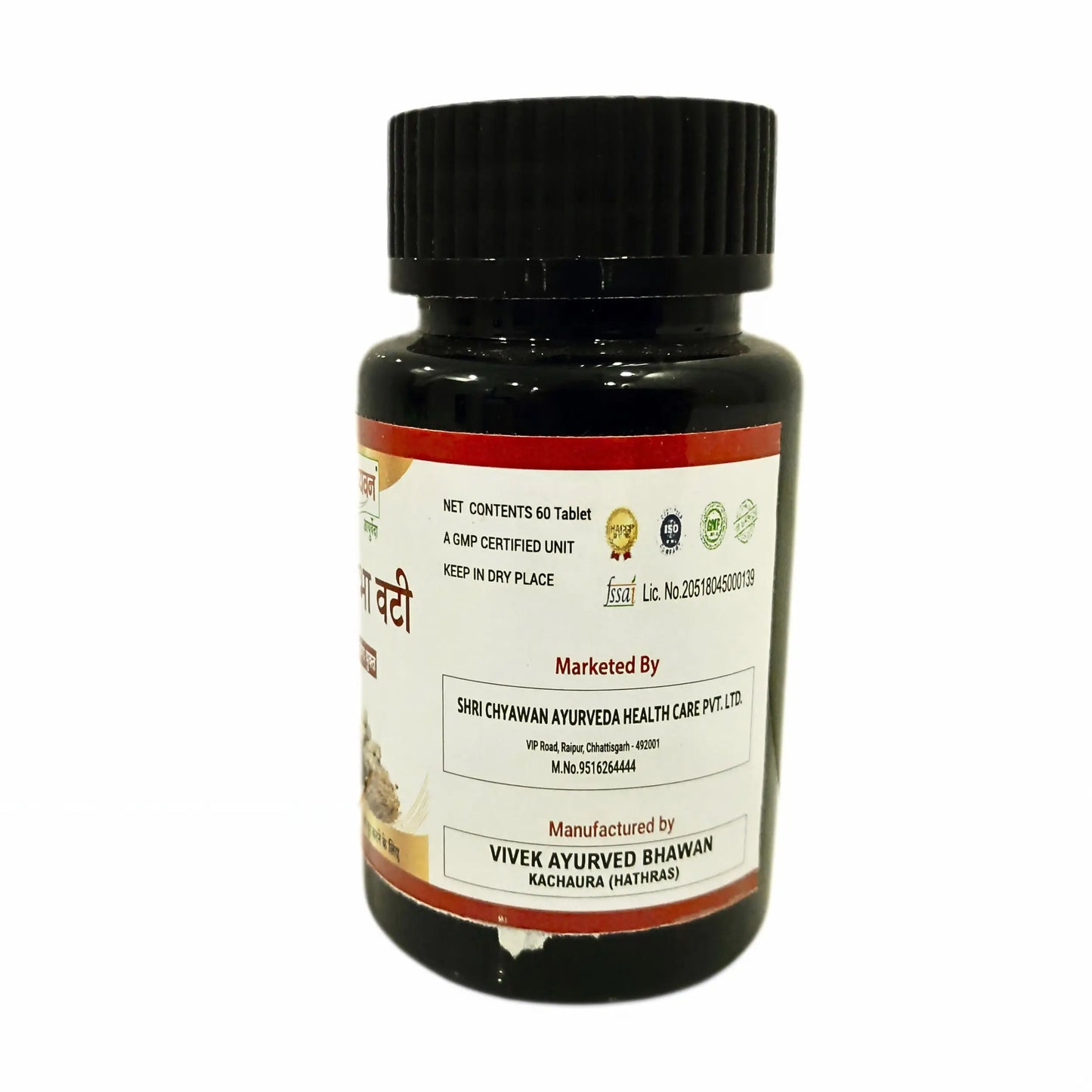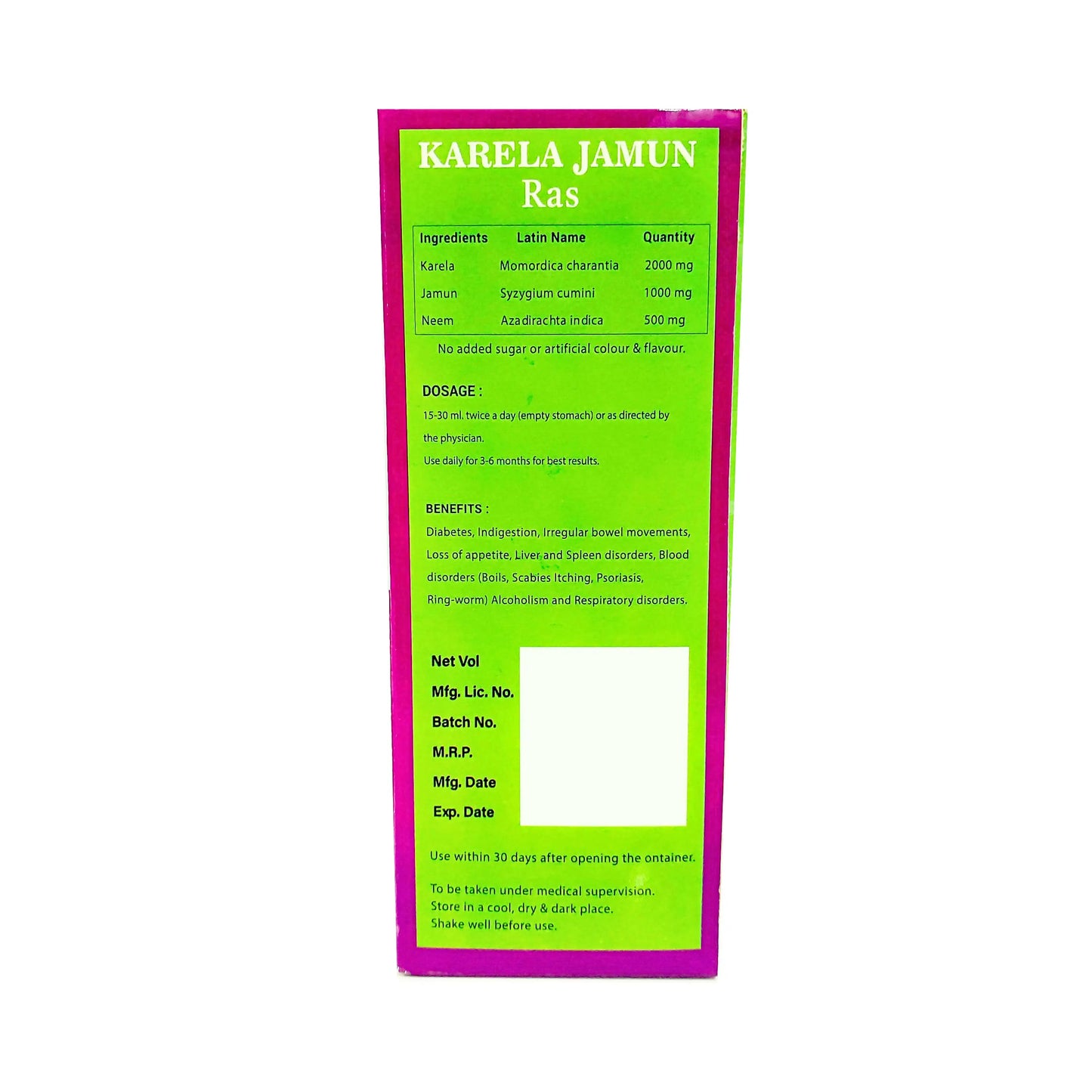Introduction: Why Rice Matters in a Diabetic Diet
Rice is a dietary staple worldwide, but for diabetic patients, its high carbohydrate content can pose challenges for blood sugar control. Choosing the right type of rice is crucial, as some varieties have a lower glycemic index and are better suited for managing diabetes. This blog explores which rice is healthiest for diabetics and how to include it in a balanced diet.
Understanding Diabetes and Carbohydrates
Diabetes affects how the body processes sugar, and carbohydrates—like those in rice—directly impact blood sugar levels. Managing the type and amount of carbs is key, with low-glycemic options helping to keep blood sugar stable.
How Rice Affects Blood Sugar Levels
Rice is high in carbohydrates, which are quickly broken down into glucose, leading to a rise in blood sugar levels. White rice, in particular, has a high glycemic index (GI), causing faster spikes, while whole-grain varieties like brown or basmati rice have a lower GI and result in slower, more controlled increases in blood sugar.
Glycemic Index (GI): The Key Factor in Choosing Rice
The Glycemic Index (GI) measures how quickly a food raises blood sugar levels. Rice with a high GI, like white rice, causes rapid spikes, while lower-GI options such as brown, basmati, and wild rice are digested more slowly, leading to steadier blood sugar levels—making them better choices for diabetic patients.
Best Rice Options for Diabetic Patients
For better blood sugar control, these rice varieties are ideal for diabetics:
-
Brown Rice: High in fiber, with a lower glycemic index (GI).
-
Basmati Rice: Low to medium GI, especially in whole grain form.
-
Red Rice: Rich in fiber and antioxidants, with a low GI.
-
Black Rice: High in fiber and anthocyanins, with a low GI.
-
Wild Rice: Low GI, high in protein and fiber.
These options digest slowly, helping to manage blood sugar more effectively.
Rice Varieties to Limit or Avoid
Some rice types can cause rapid spikes in blood sugar and should be limited or avoided by diabetic patients:
-
White Rice: High glycemic index (GI), causing quick increases in blood sugar levels.
-
Sticky or Glutinous Rice: Highly refined with a high GI, leading to faster blood sugar spikes.
These rice varieties are less suitable for managing diabetes effectively.
Portion Control and Cooking Methods
For diabetic patients, portion control and cooking methods play a crucial role in managing blood sugar levels:
-
Portion Control: Keep rice portions moderate to prevent overconsumption of carbohydrates. A typical serving is about 1/2 to 1 cup of cooked rice.
-
Cooking Methods: Cooking rice with less water or using methods like steaming can help lower the glycemic index. Additionally, letting rice cool before eating (as in making rice salads) can reduce its GI further.
By controlling portion size and cooking methods, you can enjoy rice while maintaining stable blood sugar levels.
How to Incorporate Diabetes-Friendly Rice into Meals
Incorporating diabetes-friendly rice into meals can be simple and delicious:
-
Substitute Brown or Basmati Rice: Replace white rice with brown or basmati rice in your favorite dishes like stir-fries, curries, or salads.
-
Add Vegetables: Boost the fiber content by adding non-starchy vegetables like spinach, broccoli, or peppers to rice dishes.
-
Make Rice Salads: Let rice cool and mix it with healthy fats (e.g., olive oil), legumes, and veggies to reduce its glycemic index.
These simple swaps help make rice meals healthier and more diabetic-friendly.
Expert Recommendations and Nutrition Tips
-
Choose Whole Grains: Opt for brown, basmati, or wild rice for better blood sugar control.
-
Limit Refined Rice: Avoid white and sticky rice to prevent blood sugar spikes.
-
Balance Your Plate: Pair rice with veggies and healthy fats.
-
Watch Portions: Keep servings to 1/2 to 1 cup of cooked rice per meal.
-
Try Cooking Methods: Cooling rice before eating can lower its glycemic index.
These tips help manage blood sugar while still enjoying rice.
Shri Chyawan's Ayurvedic Solution
Our ayurveda experts have formulated an ayurvedic medicine for diabetics - Diabetes Care Kit. It helps to control your blood sugar levels. This Ayurvedic medicine is meticulously crafted to assist in maintaining balanced blood sugar levels, promoting overall well-being through natural ingredients.
Shri Chyawan Diabetes Care Kit
The Kit contains four types of ayurvedic medicine that play a major role in the management of blood sugar levels:
- Madhumoksh Vati
- Chandraprabha Vati
- Karela & Jamun Ras
- Giloy Juice
1. Madhumoksh Vati - Shri Chyawan Ayurveda's Madhumoksh Vati Supports healthy blood sugar levels in the body and removes the problems caused by it.
Ingredients: The main ingredients used in Madhumoksh Vati are vasant kusumakarra, madhumeh harirasa, neem panchang, jamun beej, gudmar, karela beej, talmakhna, jalneem, amla, and baheda.
How To Use: If blood sugar level of patient is 200mg/dl, then he/she is required to take 2 tablet, twice a day, before meal or as directed by the physician.
2. Chandrabha vati - Shri Chyawan Ayurveda's Chandraprabha vati Supports healthy uric acid levels and may contribute to overall wellness.
Ingredients: It consists of Amla, Sandalwood, Daruharidra, Devdaru, Camphor, Cinnamon, and Pipal.
How To Use: Consume 1 tablet at night before going to bed. or as Directed by the Physician.
3. Karela Jamun Ras - Shri Chyawan Karela Jamun Ras supports metabolic health and may contribute to balanced blood sugar levels in the body and Jamun contains jamboline and jambosine, which are believed to support metabolic health.
Ingredients: The main ingredients of this juice/ras are Karela and Jamun juice.
How To Use: Consume 10ml, twice a day, after 1 hour post lunch and dinner or as Directed by the Physician.
4. Giloy Ras: Giloy Ras is an herbal and ayurvedic supplement known for its potential health benefits, including supporting overall well-being and Supports healthy blood sugar levels in the body.
Ingredients: It consists of juice extracted from Giloy.
How To Use: For children 5ml-10ml,
For adults, 10ml-20ml, thrice a day. or as Directed by the Physician.
Conclusion: Making Smart Rice Choices for Diabetes Management
Managing diabetes doesn’t mean giving up rice—it’s about making smart choices. By opting for low-glycemic, whole-grain varieties like brown, basmati, and wild rice, and practicing portion control, you can enjoy rice while maintaining stable blood sugar levels. Pairing rice with proteins, healthy fats, and plenty of vegetables further enhances its benefits. With the right approach, rice can be a nutritious and satisfying part of a diabetes-friendly diet.
Free Consultation with our Expert Doctor- 📞📞 95162 64444















